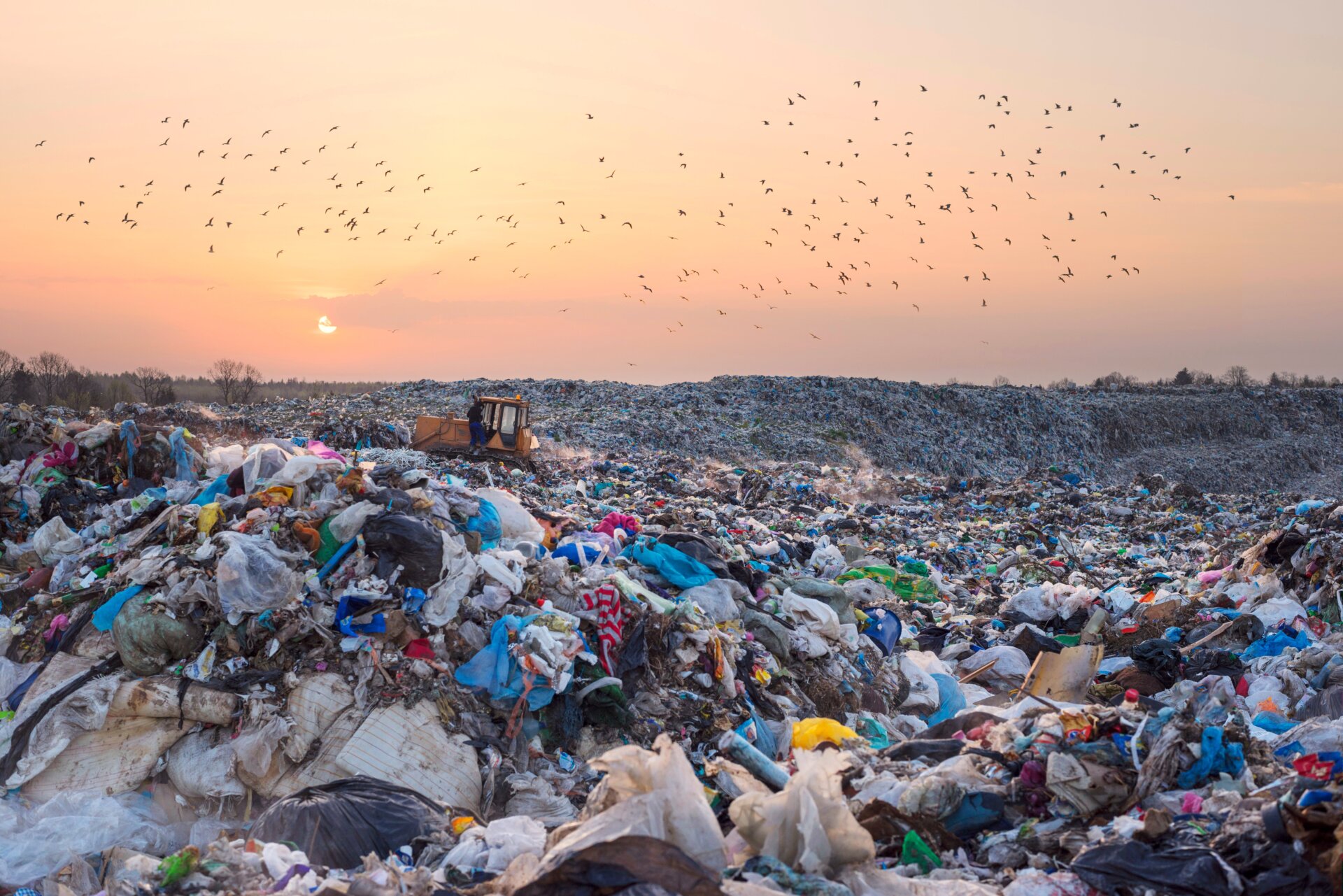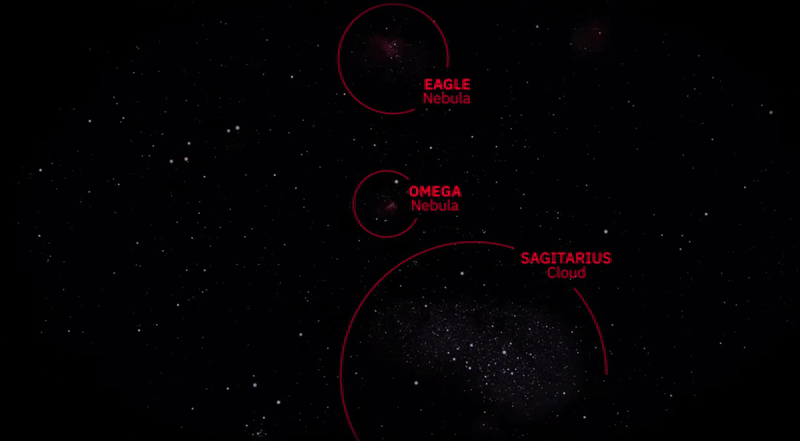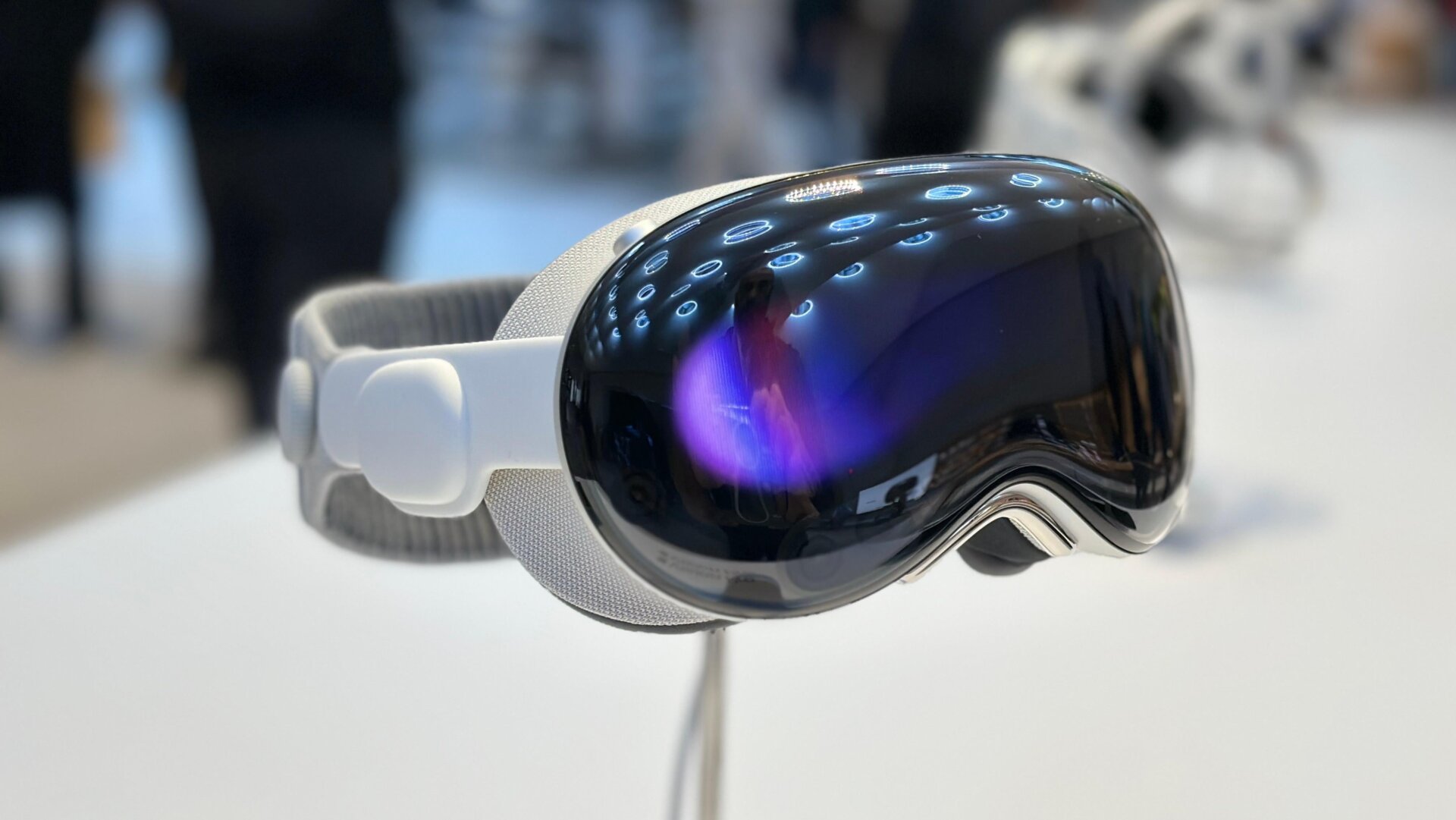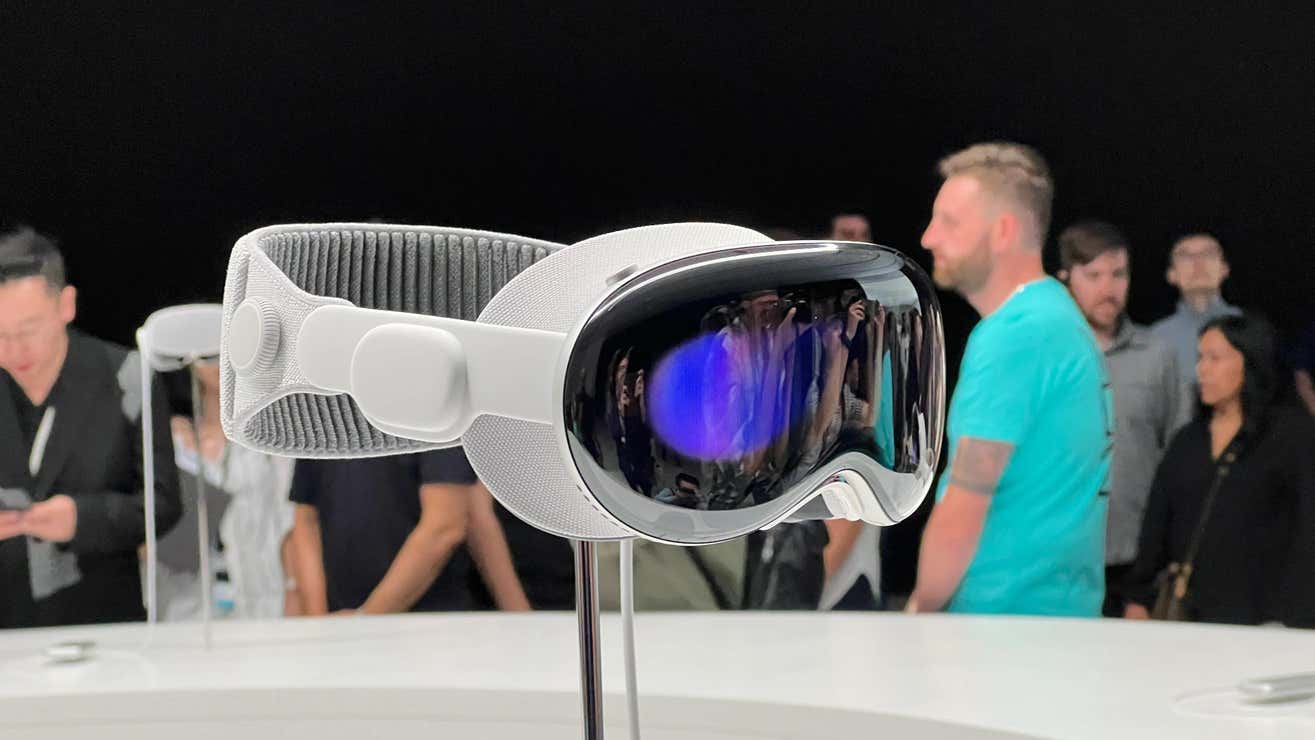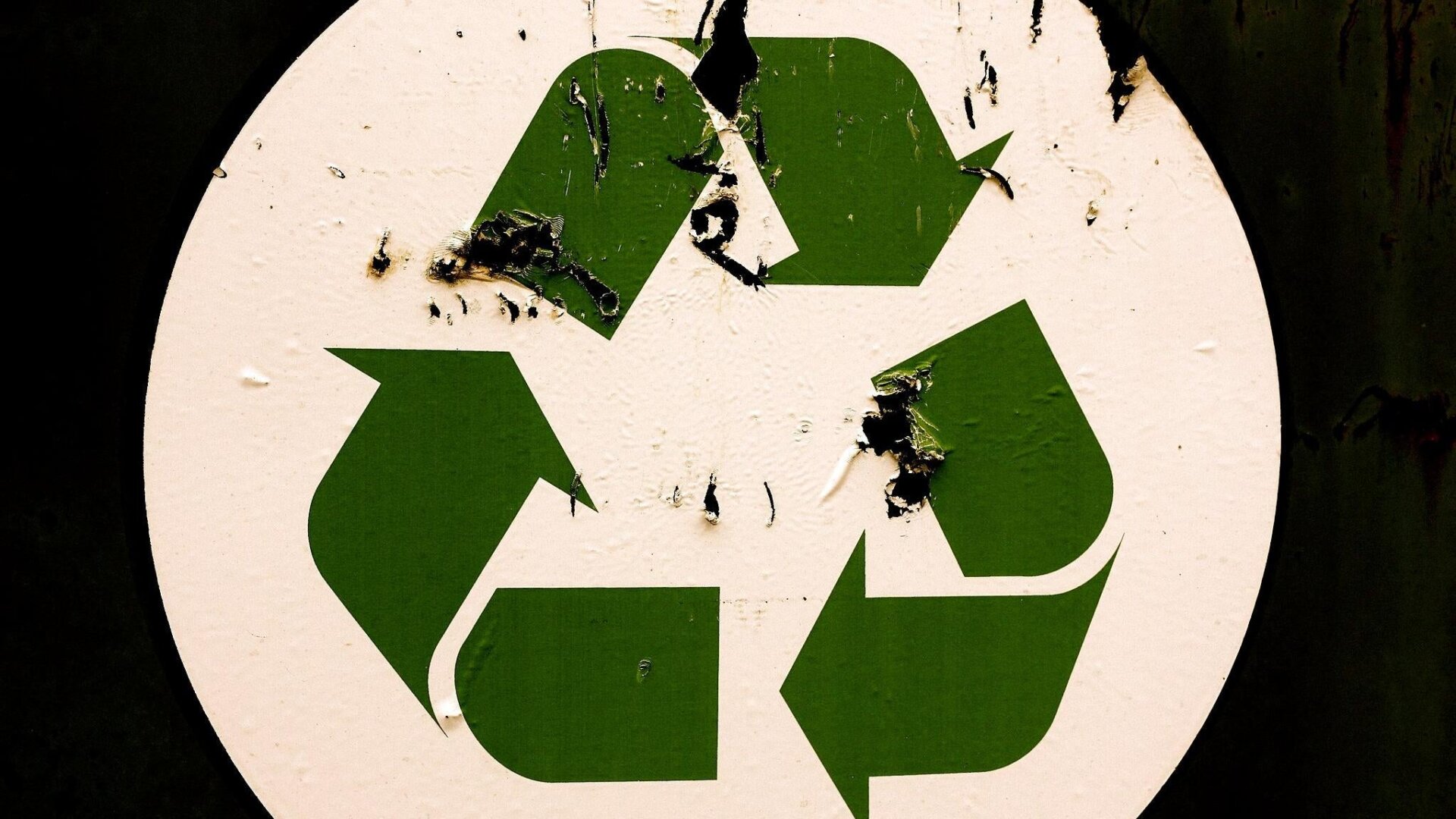Corals are some of the most stunning organisms to have graced the planet, but they’re almost incredibly threatened. Now, an artist has re-created their bright colors and squiggly formations in a manner that’s ominously appropriate for the 21st century: with plastic garbage.
Opening to the public Friday at the Whitney Museum in New York City, Unexpected Growth displays “corals” made up of trash that typically lands in our oceans: blue plastic bottles, green disposable cutlery, red plastic straws, and even yellow rubber duckies. Visitors use their smartphones or available iPads to peep the immersive project, which runs on an augmented reality app. It’s part of a new exhibition debuting at the museum—Programmed: Rules, Codes, and Choreographies in Art—all of which relies on some sort of programming, from codes that run hundreds of TV screens to others simulating childrens’ voices or lighting up LED lights.
This coral project, created by artist Tamiko Thiel, runs on an algorithmic program that has been used to model plant growth. For the project, Thiel plugged everything from pink flip-flops to “bottle bushes,” as she describes clusters of plastic bottles, into a model to build out the artificial reefs.
The trash making up the reefs is subtle. A viewer might easily think the organisms swaying in the water on their screens are normal, vibrant corals. Upon closer inspection, however, the polyps and their skeleton formations are strange and a little, well, gross. The piece should invoke contradictory feelings of “delight and disgust,” Thiel told me as we spoke during a press preview Wednesday.
Plastic pollution is causing disaster in our oceans and on our planet. Thiel has been creating art on this topic since at least 2012. For her, the subject is growing more and more urgent, and she hopes this latest piece conveys that.
“We’re spreading our garbage over the entire world,” she said.
Her piece goes beyond just the issue of waste, though. It also touches on global warming, which drives coral bleaching, where corals expel the algae that provide them with food, turn white and begin to starve. The plastic corals Thiel has created will bleach depending on the number of people who log into the app to view them, a feature which is meant to show the pressure corals are facing on our behalf.
“If you come to the Whitney at 10:30 in the morning, everything will be brilliantly colored,” she said. “As more people view it, it’ll slowly bleach, and the people who come by the end of the day will see only white corals.”
Thiel wants viewers to see the dramatic change happening in reefs virtually, since so few get to witness these changes happening in real life in our oceans. Corals are becoming more and more threatened by both plastic pollution and climate change. Some expect a significant fraction of the world’s corals to have died by 2050.

“You do not in the course of your daily life run into a coral reef,” Thiel said. “Just as augmented reality is invisible to the naked eye, the effects of global warming on coral reefs are also invisible to the naked eye if you don’t happen to actually look into the water.”
For those of us who don’t have the luxury of reefs nearby, we can now look through our phones at the dystopian world we’ve created, instead.
Unexpected Growth will be on display at the Whitney Museum in New York City until April 14, 2019. However, anyone downloading the “Unexpected Growth” app can see the corals any time any place.

